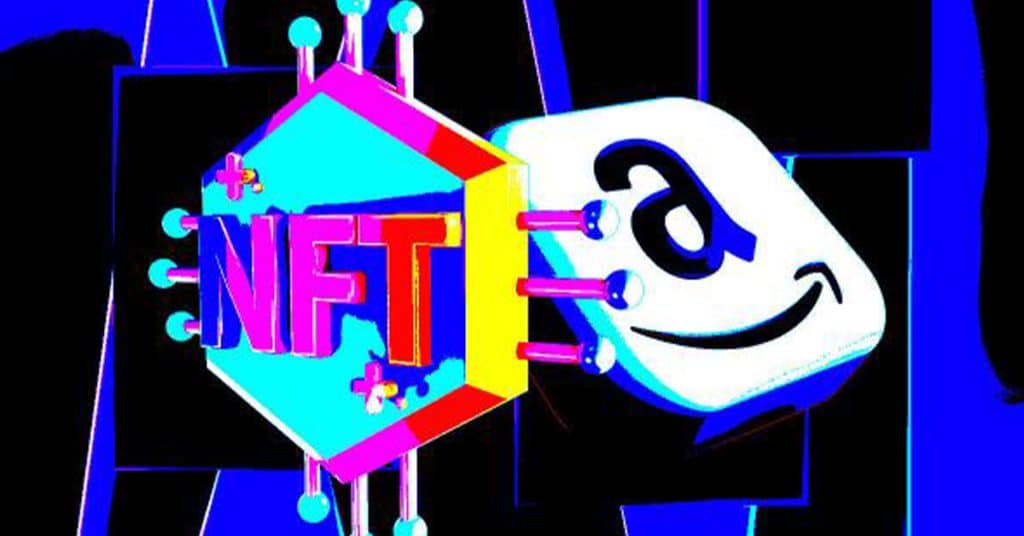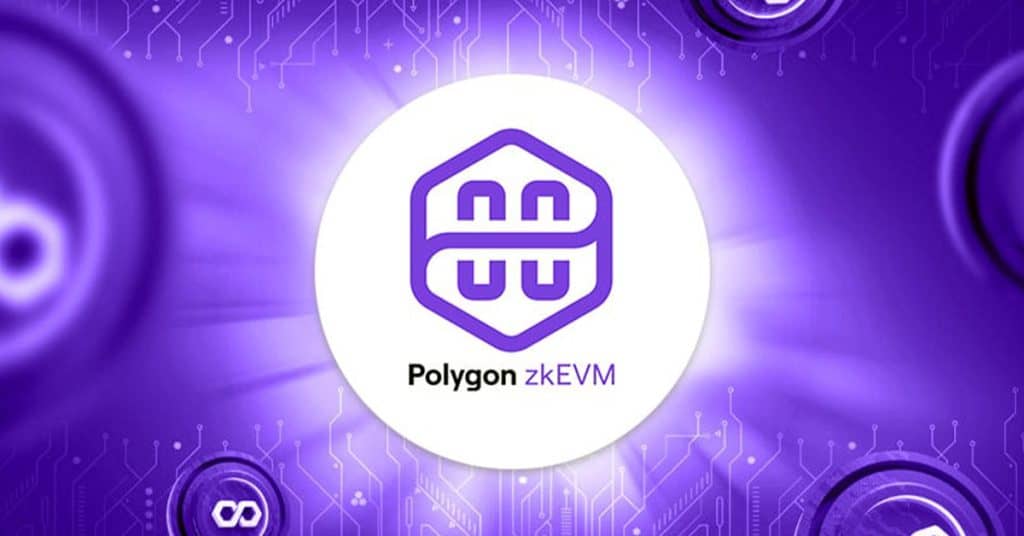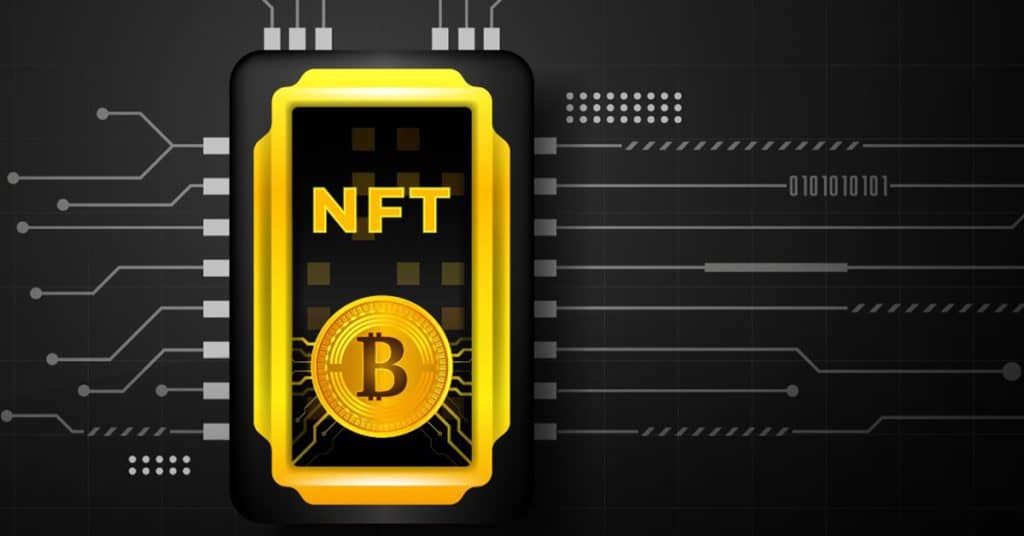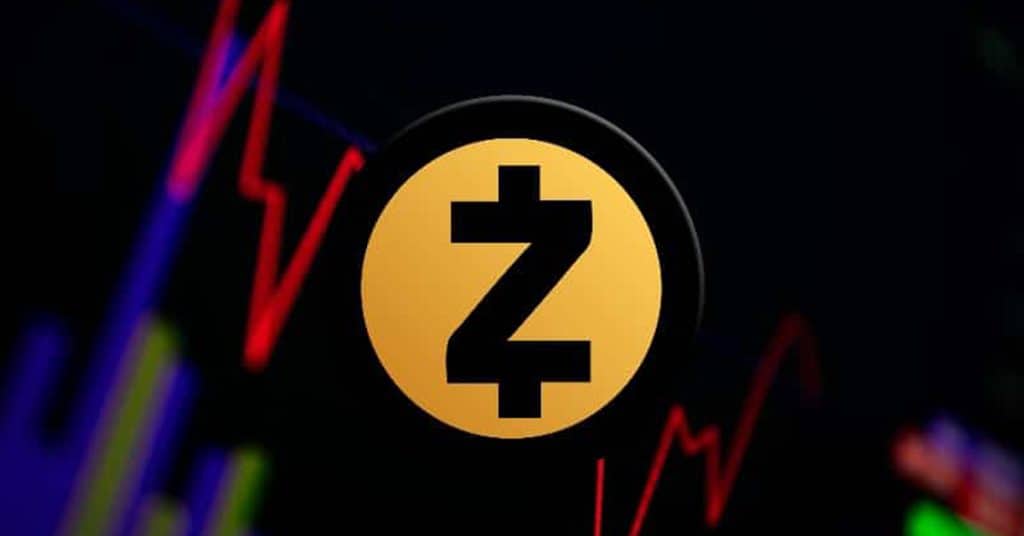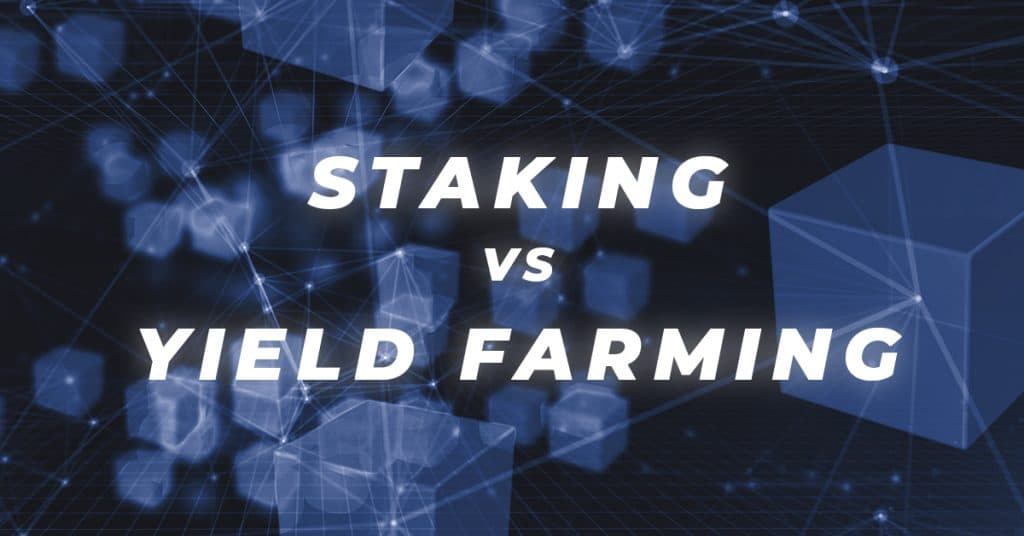What is Nostr? | The Bitcoin of Social Media Networks
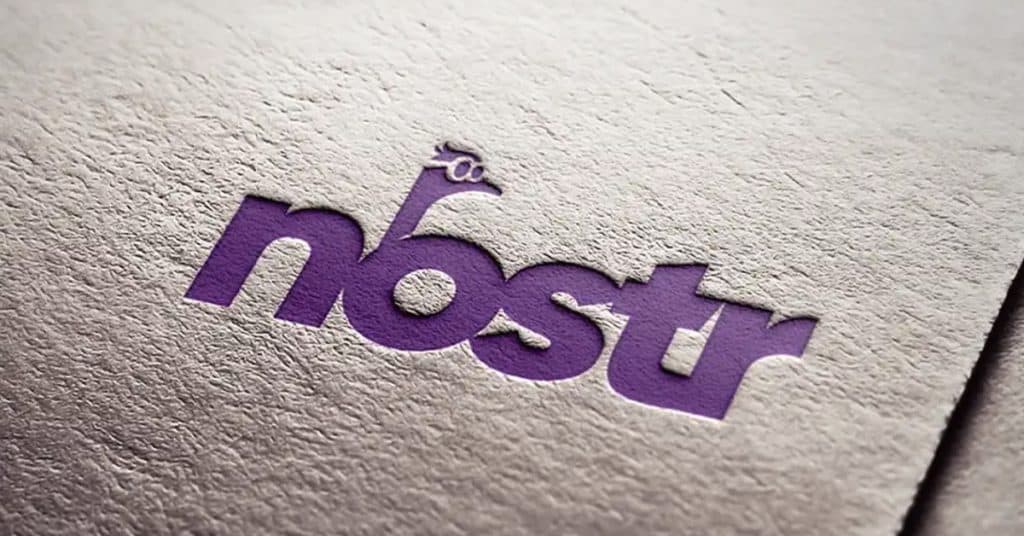
Nostr is the Bitcoin among social media networks. Just like Bitcoin transactions may superficially look like traditional money transfers - fill in an address, push on Send, right? - Nostr messages are superficially like other social networks... but very different under the hood. In the way that Bitcoin users own their money, Nostr lets users spin up a social identity and content that no overlord can censor.
What does Nostr Look Like?
Nostr is a protocol, so it can look different depending on the apps that are built on it. The way that most applications make use of Nostr, resembles Twitter: it's a feed of messages (notes) from people you follow. If you don't follow anyone yet, there is also a global feed, which contains all the public notes posted by any user.
Currently, Nostr is mostly popular among Bitcoiners, as it grew out of this community.
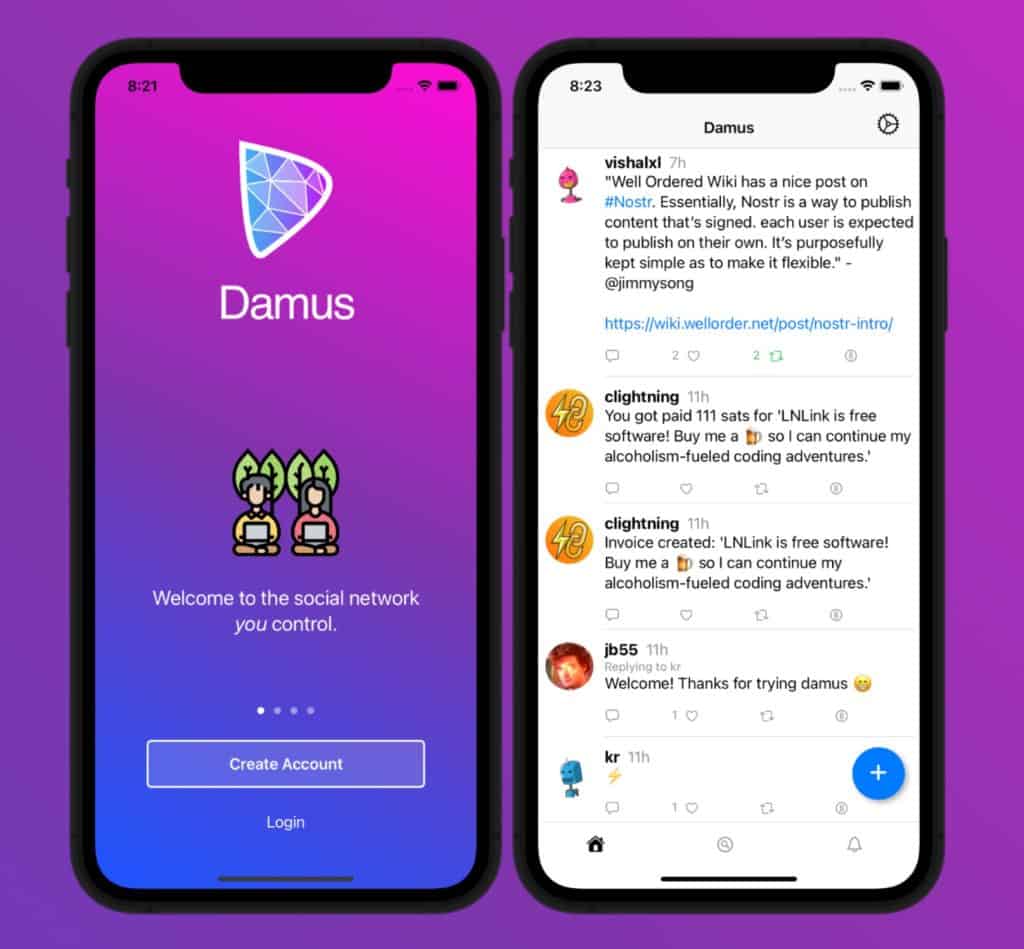
How Does Nostr Work?
What is Nostr? Nostr stands for Notes and Other Stuff Transmitted over Relays. Nostr doesn't use blockchain technology, but it is built on some of the same principles. Your social identity, or your 'social graph' is independent of a specific app. Instead, your messages (notes) are sent to a large number of relays. Comparable to nodes in the Bitcoin network. The apps you use are simply interfaces for showing these messages.

